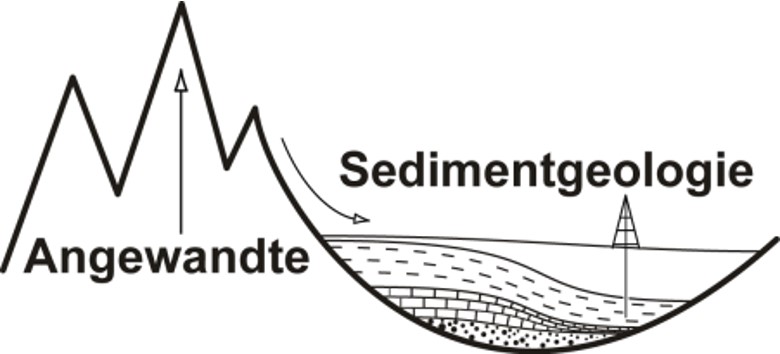Applicant: Liang Fei
Funding: China Scholarship Council
Persons of Charge: Fei Liang
Duration: since 2018
Summary
Nonconformities refer to contact surfaces between different lithologies in the geological record that were produced over long-lasting periods of non-deposition and/or erosion, which are of paramount importance for the subdivision and correlation of stratigraphic successions. They also largely control the geometry of reservoirs for oil, gas, and water. Moreover, nonconformities play a key role in understanding changes of past interactions of atmosphere, hydrosphere, and lithosphere as well as in elucidating driving mechanism for adaption and evolution of life on earth.
Especially for continental nonconformities the buried paleo-weathered surfaces provide an ideal opportunity to analyze the weathering and climate conditions during exposure. This includes alteration and destruction of minerals, e.g. changes of crystal morphology of primary and secondary minerals during the weathering process also called supergene alteration. After the paleo-weathered surface was covered by sediments or volcanic rocks, burial commenced leading to increasing temperature and pressure as well as passage of diagenetic fluids. This second overprint during deep burial diagenesis is called hypergene alteration and has to be carefully distinguished from the primary supergene alteration.
For the reconstruction of the weathering conditions and the paleoclimate, fine-grained sediments such as siltstone or mudstone are usually investigated. However, caution is needed as these sediments may be multi-sourced, recycled and/or overprinted during transport and sedimentation. To avoid this, it is feasible to analyze the weathering profile of igneous or metamorphic rocks in the source area itself. With this approach, more accurate in-situ information of the weathering conditions during a certain period can be acquired. This approach also applies to the diagenetic history of the rocks which are situated in direct proximity to the post-Variscan nonconformity. The Sprendlinger Horst (Hesse, Germany) is a key area in southwestern Germany for investigating the rock alteration processes at the post-Variscan nonconformity because plutonic Variscan basement rocks are widely covered by only a thin layer of Cisuralian volcano-sedimentary rocks, and the contact surface has been penetrated by numerous drillings.
For this study, we selected several representative drill cores reaching from unweathered basement rock into the volcanic-sedimentary cover which was analyzed at high resolution in particular near the nonconformity. This drill core allowed not only to study alteration in Variscan basement rocks, but also subsequent alteration of overlying early Permian basalt. We carried out a detailed petrographical, mineralogical, and geochemical study and applied a new workflow to distinguish the supergene and hypogene alteration processes within a first-order nonconformity (Fei et al. 2021). At the moment we develop a new method for separate quantification of physical and chemical weathering indices. The results of this studies will contribute to a better understanding of superimposed processes at first-order nonconformities in sedimentary basins and give implications for reservoir geology.
M.Sc. Fei Liang
Contact
liang@geo.tu-...
work +49 6151 16-20634








